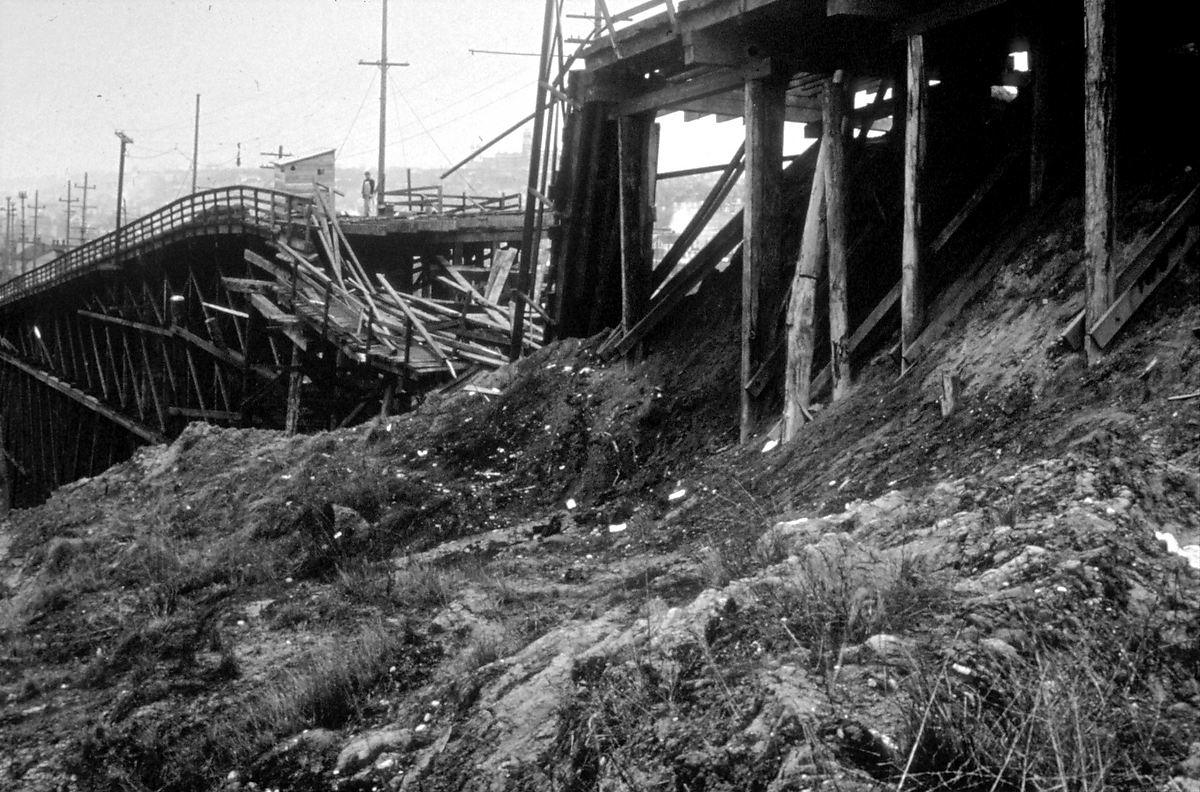Moving Your Audience: Communication Strategies in Transportation Research
In preparing infrastructure planning and policy studies, researchers often pay only minimal attention to the most important part of their work: communicating results. Anyone who’s stared bleary-eyed at a dense or confusing report can tell you this is not the way to go. Instead, researchers need to start with the end in mind and work toward conclusions that resonate with audiences.

Our experience points to the need to tell compelling stories that are relevant to the intended audience. Using plain language and attractive graphics, we tailor our message to hit critical motivators and guide our audience to “Ah-Hah” moments. In our field, this approach helps our insights – stories, really – advance public discourse and decision-making about transportation planning and policy.

A critical first step in tailoring messaging is understanding what moves your audience.
Specifically, what are their most salient motivators and pain points? Motivators connect your message to a community’s hopes and expectations for their transportation systems. Motivators explain why your message matters by telling the audience what’s in it for them. In the world of transportation planning and policy, there are four common motivators.

Fear of loss
Transportation plans often address the risk that critical infrastructure could fail, leading to loss of life, economic suffering, or reduced accessibility. Analysis of appropriate investments in state-of-good-repair, resilience, or risk mitigation should tap in to this motivator. That is, such studies must make it clear that these consequences warrant serious public attention and proactive policymaking. As an example, our report Economic Cost of Failing to Modernize Public Transportation examined the negative consequences of transit disinvestment on regional economies. In doing so, the report (completed for the American Public Transportation Association) makes the case for investment in transit state-of-good-repair and provides transit agencies with the tools to demonstrate to policymakers the importance of their services to metropolitan regions.
Fear of waste
Conversely, overinvestment could lead to a waste of limited funding on assets that are ultimately unneeded. Much as our APTA report communicated the risk of underinvestment, our National Highway Cooperative Research Program report Right-sizing Transportation Investments: Methods for Planning and Programming relied on this motivator to explain the importance of appropriate investments for various economic and sociodemographic climates. In this context, the report provides guidance for State DOTs to determine the “right size” for transportation assets in their state. The project included a literature review, interviews of practitioners, and case examples that demonstrate how right-sizing can be used to consider difficult tradeoffs in investment choices.
Opportunity for gain
In other cases, transportation plans offer stakeholders the opportunity to advance prosperity through investment in new facilities or services. Research on community benefits, economic impacts, or economic development strategies should rely on this motivator as part of any communications strategy. As an example of this motivator, EBP's (then EDR Group’s) Airport Cooperative Research Program Report The Role of U.S. Airports in the National Economy communicated the benefits of the America’s airports to the national economy. Through a series of simple and attractive brochures (see image) articulating how airports help the traveling public, our work supports efforts to show how expansion of the airport network could benefit the average American.
Change in relative position
Finally, all communities fear falling behind their neighbors. As looming change in the climate, technology, and the economy create opportunities to revitalize communities and enhance quality of life, decisionmakers are interested in innovative practices from their peers and competitors. This motivator enhances best practice studies, technical guidance, and syntheses of state-of-the-practice. Our National Highway Cooperative Research Program report Use of Value Capture to Fund Transportation Projects is an excellent example of this approach. Through a series of case examples, this work serves as a guide for State DOTs and MPOs on how their peers have funded transportation investment through land value return and recycling.
By using these four motivators, effective transportation studies can align the relevant decision issue (i.e., budget reauthorization, project prioritization, alternatives analysis) with something that audience cares about (i.e., safety, economic well-being, advancing innovation). In this way, reports can be intellectually interesting and emotionally forceful. Where the intellectual element answers questions like “why should we invest in this program?”, the emotional component ensures that your audience cares about the answer. In this way, EBP products combine rigorous analysis with effective storytelling to craft communications materials that move our audience.
EBP Tailors Themes for Specific Audiences
EBP has worked on many successful projects that tailor themes for specific contexts and audiences using key motivators: fear of loss, opportunity for gain, and change in relative position. Below is a further selection of our work.
ASCE Failure to Act Series: For the American Society of Civil Engineers, EDR Group now EBP developed a series of reports and infographics explaining the adequacy and economic implications of maintaining current infrastructure investment patterns and funding levels. EDR Group created clear, simple infographics and summary documents for several categories of infrastructure: surface transportation, water delivery, wastewater treatment, energy delivery systems, airports, and marine ports. The analysis showed the difference between current investment levels and those required to maintain infrastructure performance levels in the future, and the long-term macroeconomic consequences of under-investing in infrastructure, in terms of effects on American economic competitiveness and growth of jobs and income.
Guide for Aligning Community Expectations with Airport Roles: For ACRP Project 03-31, EDR Group (now EBP) and Mead & Hunt developed guidance for airport professionals to communicate their airports’ economic role within their community and region. The guide was designed to help airport managers effectively communicate the airport’s role in the economy in order to maximize the economic development potential of airports. It connects the dots between community expectations and realities faced by airport management by providing interactive online guidance on translating technical knowledge into targeted action and communication strategies.
MassDOT Economic Impact Study: For the Massachusetts Department of Transportation, EDR Group (now EBP) developed a robust methodology for economic impact evaluation to measure the benefits of potential transportation investments in the Commonwealth. To do so, EDR Group presented best practices based on a review of project prioritization in other states. We assessed and documented state and municipal-level data sources related to economic impact of transportation projects in Massachusetts.